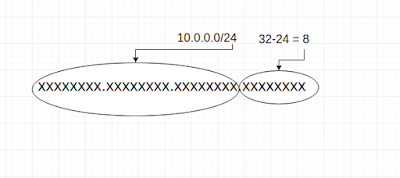There are two separate cases for APPM and EMM integration
1. APPM and EMM on a single JVM. ex : EMM standalone pack.
2. APPM and EMM on separate JVMs. ex : clustered scenario
For the first case, EMM standalone vanilla pack should work without changing any configuration.
For the second case, There are some configurations which should be done. Follow the below steps to configure APPM and EMM on separate JVMs.
1. If you run APPM and EMM on same machine change the port offset of one pack. Let's change the port offset of APPM pack.
i) Change the port offset of carbon.xml to 10 which is in <APPM_HOME>/repository/conf directory.
ii) Since APPM default authentication mechanism is SAML SSO change the port of IdentityProviderUrl also in app-manager.xml
ex : Change the port as shown in light green
<SSOConfiguration>
<!-- URL of the IDP use for SSO -->
<IdentityProviderUrl>https://localhost:9453/samlsso</IdentityProviderUrl>
<Configurators>
<Configurator>
<name>wso2is</name>
<version>5.0.0</version>
<providerClass>org.wso2.carbon.appmgt.impl.idp.sso.configurator.IS500SAMLSSOConfigurator</providerClass>
<parameters>
<providerURL>https://localhost:9453</providerURL>
<username>admin</username>
<password>admin</password>
</parameters>
</Configurator>
</Configurators>
</SSOConfiguration>
iii) Change the port offset to 9453 for all the ports found in sso-idp-config.xml which is located in <APP_HOME>/repository/conf/identity directory.
Now setting port offset is done.
2. Now create a mobile app by going to App Manager publisher. publish it and it will be available in APPM store.
3. Create an OAuth application in EMM by following article How to map existing oauth apps in wso2.
4. Open the app-manager.xml in APPM and find for a configuration called MobileAppsConfiguration. change ActiveMDM property to WSO2MDM.
ex: <Config name="ActiveMDM">WSO2MDM</Config>
Change the MDM properties named as WSO2MDM as follows. Change the port to EMM port of ServerURL and TokenApiURL. Here client key and client secret is which returned from EMM when OAuth application is created.
<MDM name="WSO2MDM" bundle="org.wso2.carbon.appmgt.mdm.restconnector">
<Property name="ImageURL">/store/extensions/assets/mobileapp/resources/models/%s.png</Property>
<Property name="ServerURL">https://localhost:9453/mdm-admin</Property>
<Property name="TokenApiURL">https://localhost:9453/oauth2/token</Property>
<Property name="ClientKey">veQtMV1aH1iX0AFWQckJLiooTxUa</Property>
<Property name="ClientSecret">cFGPUbV11yf9WgsL18d1Oga6JR0a</Property>
<Property name="AuthUser">admin</Property>
<Property name="AuthPass">admin</Property>
</MDM>
5. Enrol your device in MDM.
6. Now you can install apps using app manager store to devices enrolled in EMM.
Subscribe to:
Post Comments (Atom)
How to choose IP address range for resources for AWS virtual private cloud
You will often need to allocate an IP address range when you design the network of an AWS VPC. Since VPC is a small network of resources(E...

-
You can create OAuth applications using OAuthAdminService admin service. You can follow the below steps to see how mapping of existing OAu...
-
You will often need to allocate an IP address range when you design the network of an AWS VPC. Since VPC is a small network of resources(E...
-
What is Apache FOP? Apache FOP is a print formatter driven by XSL formatting objects(XSL-FO). It is a library to read XSL FO objects and ge...



No comments:
Post a Comment